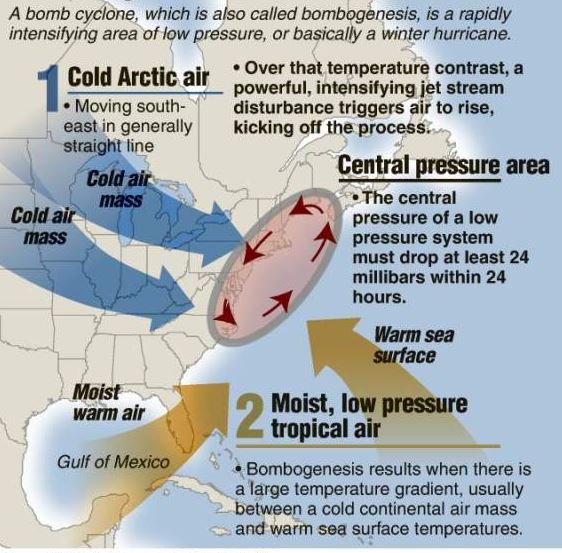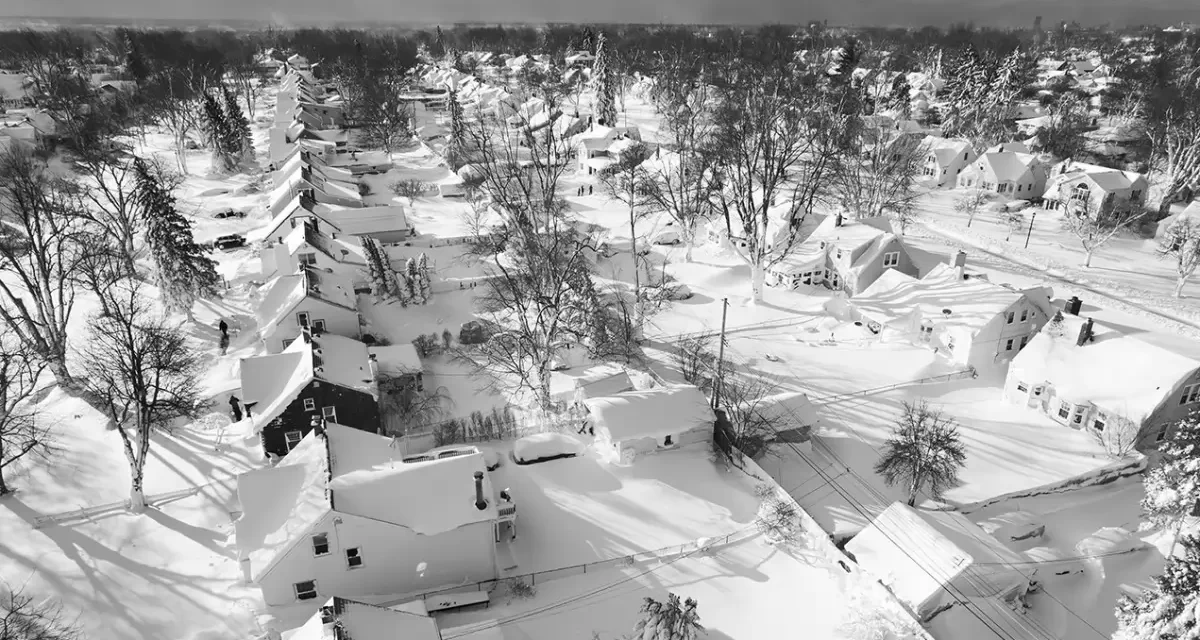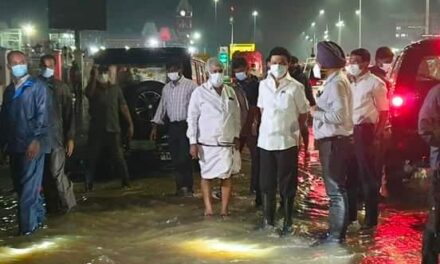New York recorded at least 27 deaths from the ongoing winter storm as of Monday morning, bringing the total casualties in the US to over 55 , according to multiple media reports.
Erie County in the western part of New York State confirmed 25 deaths from the massive storm as of Monday morning, up from 12 by Sunday afternoon, Xinhua news agency reported, citing Erie County Executive Mark Poloncarz.
The historic winter storm had killed at least 55 people across the country as of Monday morning, according to a tally by NBC News.The extreme cold conditions have been caused by a phenomenon called a “bomb cyclone”
The extreme cold weather hitting North America in the run-up to Christmas holidays as a result of this

The US National Weather Service said this “once in a generation type event” has the power to turn deadly and is already breaking cold-weather records with temperatures falling to minus 53 degrees Celsius (minus 63 Fahrenheit) in western Canada, minus 38 in Minnesota and minus 13 in Dallas.
Buffalo in New York has been the worst hit, with gusting winds and thick snow crippling emergency services.
Since last Wednesday, over 200 million people, or roughly 60 per cent of the US population, have come under some form of winter weather warnings or advisories.
It`s worth noting that this blizzard has caused more deaths to Erie County than the blizzard of 1977, which led to 23 storm-related deaths in western New York.
The snow is still dropping in the Buffalo area until Tuesday and up to eight to 12 inches of additional snowfall is expected in some areas, said Poloncarz in a briefing on Monday morning.
“This is not helpful as we`re trying to recover and clear off streets and get into areas that still don`t have a (snow) plow,” said Poloncarz.
A state of emergency remains in effect across Erie County with a driving ban continuing in Buffalo city, according to Poloncarz.
It`s still a dangerous situation to be out and it`s way too early to say it`s over as the storm is back now, said New York State Governor Kathy Hochul in a briefing on Monday afternoon.
“Increasingly stormy weather to impact the West Coast through Tuesday before spreading across the Rockies … Lingering lake-effect snows downwind from Great Lakes will become less intense and fade into Tuesday,” said an advisory issued by the National Weather Service at 11 a.m. Monday.









